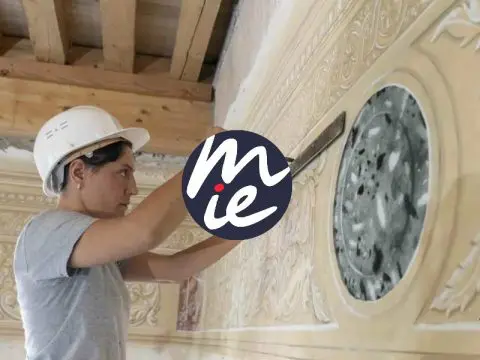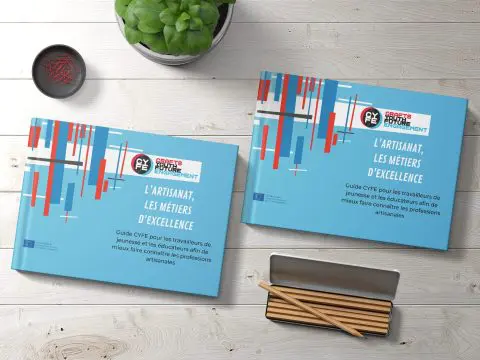The first showcase on the left shows high-quality pieces of European goldsmithing, the majority of which are of Belgian heritage (from Ghent, Bruges, Liège, and Brussels), but some of them are Dutch, French, English, and even Russian. It is possible to pinpoint their provenance and age thanks to the hallmarks that feature the goldsmith’s distinctive mark, the guild’s mark, and the state’s mark. This hallmark system was introduced in 1275 and has started a control system that keeps on getting upgraded.
Metalwork has been produced for about three millennia. It was especially popular among the Romans, then under the Byzantines (4th century AD) dwellings were embellished with silver and gold, and during the Middle Ages monks employed this talent to decorate churches.

Benvenuto Cellini and the great goldsmiths of Nuremberg and Augsburg brought goldsmithing to its apex during the Renaissance. There are also exceptionally rare pieces from specific periods, such as those from France in the 17th century, because Louis XIV of France ordered that all gold and silver pieces from the royal collection and the entire kingdom be melted. Despite the European style’s influence on French gold and silverware, English goldsmiths remained true to their own. It was at its peak under the reigns of William III, Queen Anne, and George I. (1690–1720). Their style is fairly straightforward, with noble shapes and little decoration, in contrast to the French style, which is quite flamboyant and curvilinear.
From the 19th century on, sugar bowls were almost always included in tea and coffee services and had specific decorations and shapes in accordance with the entire service. Despite the complete tea service fashion predominating throughout Europe, there were no significant fundamental changes, aside from stylistic changes. The custom of having tea around five o’clock in the afternoon was especially popular in England. The required items for a tea service were a teapot, a milk jug, a pot for hot water, a sugar bowl, a bowl for used tea, cups, and spoons.
Only at the start of the 19th century did these things start to be coordinated and created using the same design, since earlier the silversmiths’ focus was solely on the primary component, the teapot.

Silverware is made of stainless steel, sterling silver, or, in the case of silver plate, a base metal (such as a fine copper alloy) over which a layer of silver is electronically deposited. The addition of so-called “base” metals, typically copper, makes silver malleable by forming an alloy with it and giving it stiffness, which is necessary for working.
Blanking the stainless steel or sterling silver to the required shape is the first stage in the production of cutlery. The item is subsequently given the proper thickness by a series of rolling processes. The object receives a pattern imprinted on it by a stamping process after heat treatment and cutting.
Engraver’s punch
The tool used for the hallmarking was the silversmith’s personal mark. This engraving punch creates each typographic mark that makes up a typeface. On a steel bar, it shows an upside-down letter in relief. The exterior portion of the punch is made with a file, and the inside portion is made with a burin.
In order to fill the hollow part of the mould, which controls the shape of the letter or character, the typefounder melts the molten lead alloy in the mould. The smelter removes the break, a block of metal that was affixed to the character during casting, when the metal has cooled, and then performs the last modifications.
Don’t miss admiring the gorgeous metal decorations of flowers climbing on the glass shelves before turning right to the next showcase that features excellent specimens of glass manufacture.











